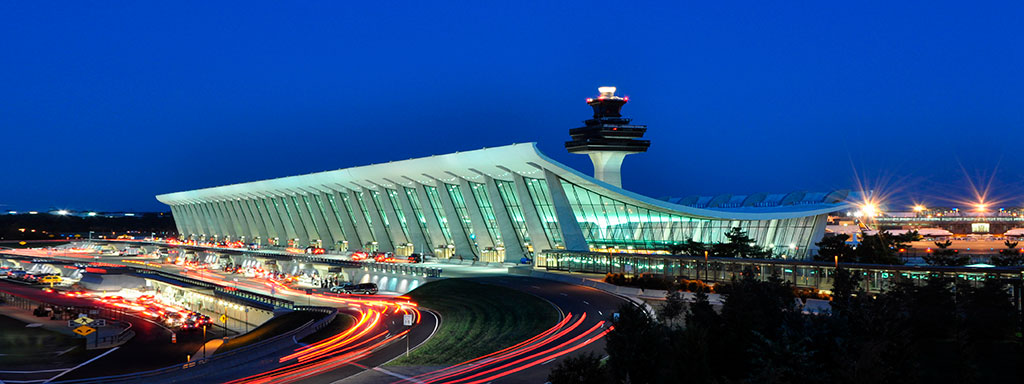
There can be no doubt that aviation is the most significant technological advance of the 20th century. Not only did it completely change air transport, it also changed our habits and our way of seeing the world.
Despite the exponential development aviation underwent in the early years, an airport at the beginning of that century was no more than a small runway beside which a hangar was located, where crew members, workers and even passengers coexisted. As time went by, the development and consolidation of commercial aviation brought with it more complex infrastructures and the appearance of the first passenger stations, which were situated alongside increasingly large and complete airfields. These first passenger stations were designed and built by architects and solely responded to traditional design, construction and maintenance criteria. Tradition and all the experience gained were placed at the service of this new, exciting and emerging world.
Engineering and architecture: an absolutely essential symbiosis in airport terminal building design today.
However, progress is not exempt from a certain degree of complexity in all areas of human development at a technical, regulatory, sociological, etc. level. Commercial aviation began to become massive enough to make its regulation a necessity. That is how aeronautical engineering evolved from factories to airports with all its power by designing, calculating and controlling to ensure that each of the elements and processes that took place in them ran smoothly. The passenger stations, known today as terminals, would be no exception.
Thus, passenger terminals were conceived in the 1960s and 1970s according to strictly engineering-related criteria. So many boarding gates providing service to so many parking bays that housed aircraft which would transport so many thousands of passengers. That was it. Once one was made, others could be built. For instance, the Malaga Airport terminal was identical to the ones in Gerona, Alicante and Palma. The same could be said of ancillary buildings like control towers, hangars, installation buildings, etc., whose design criteria followed exactly the same pattern. Strange as it may seem, it still remains the same today in many cases.
Apart from a few examples such as Eero Saarinen at New York JFK (1962) or Washington Dulles (1966), airport architecture as such did not exist.
The blending of both disciplines in the area did not take place in a generalised way until well into the 1980s. Sir Norman Foster, a master of industrial and high-tech architecture, broke into the world of the airports with the revolutionary terminal at Stansted Airport. Together with aeronautical engineers who provided all the necessary data to ensure the building was properly sized and using technique as a leitmotiv of his architecture, it was there that Foster recuperated the elements of the most traditional way of doing architecture and placed them at the service of this kind of buildings, showing us all the way forward which has led up to the present: an absolutely essential symbiosis to design what a terminal building is supposed to be today. Sometimes this has led to wonderful results, at other times to outcomes which are not quite up to par.


